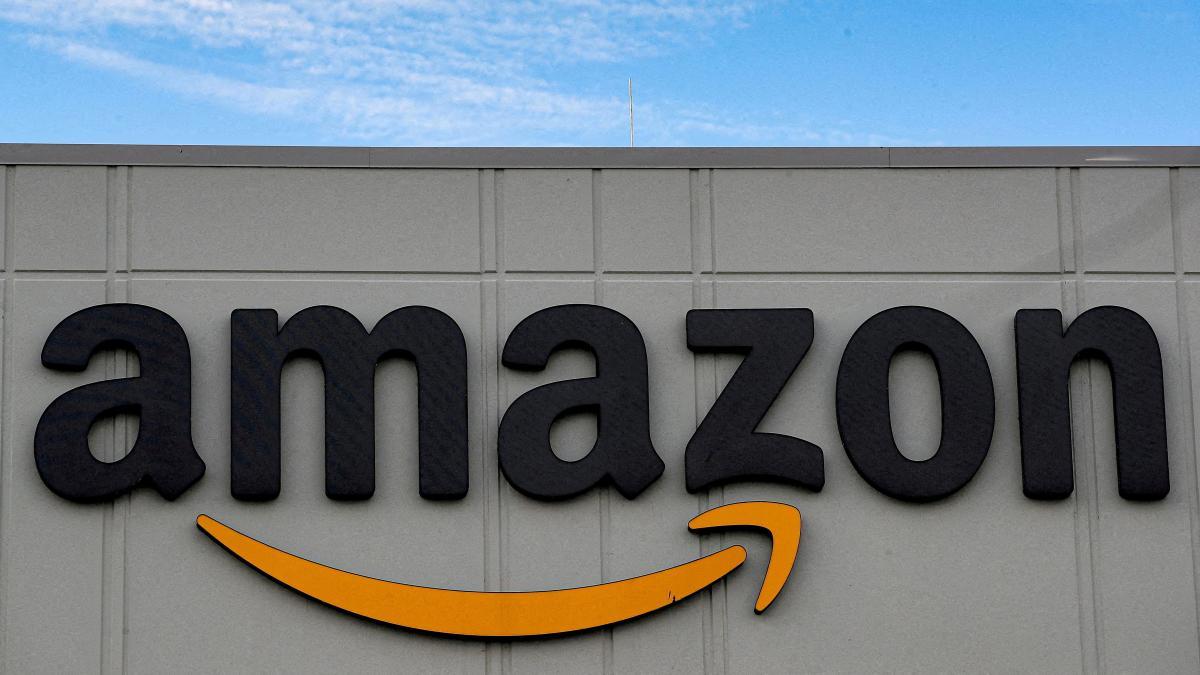Introduction
In the evolving landscape of technology and communication, satellite communication (satcom) has emerged as a pivotal tool in expanding connectivity and access to digital services. Amazon’s, a global technology and e-commerce giant, is poised to make a significant stride in this arena by seeking a satellite communication license in India. This article delves into the implications and strategic significance of Amazon’s endeavor in the Indian satcom sector.

Amazon’s Foray into Satcom
Amazon’s application for a satcom license in India underscores the company’s commitment to expanding its presence in the country’s burgeoning digital market. The proposed project, codenamed “Project Kuiper,” aims to deploy a constellation of low Earth orbit (LEO) satellites to provide high-speed broadband internet access to underserved and remote areas in India. This move aligns with Amazon’s broader mission to bridge the digital divide and offer its digital services to a wider audience.
Strategic Significance
- Market Expansion: India represents one of the world’s largest untapped markets for digital services. By securing a satcom license, Amazon can extend its reach beyond urban centers and tap into rural and remote regions, bringing millions of potential new customers into its ecosystem.
- Competition with Rivals: Amazon’s faces fierce competition in India from local and international players. This strategic move enables Amazon’s to differentiate itself by offering not only e-commerce but also a robust internet infrastructure, positioning itself as a comprehensive digital solutions provider.
- Leveraging AWS: Amazon’s Web Services (AWS) is a cornerstone of Amazon’s global business. Access to satellite communication can enhance AWS’s cloud services, offering faster and more reliable connectivity to Indian businesses, further solidifying Amazon’s position as a preferred cloud service provider.
- Fulfillment and Logistics: Efficient logistics are vital for Amazon’s e-commerce operations. Satcom can facilitate real-time tracking and management of shipments, improving delivery times and customer satisfaction.
- Bridging the Digital Divide: India’s vast rural population lacks reliable internet access. Amazon’s satcom initiative can play a pivotal role in reducing this digital divide, enabling individuals and businesses in remote areas to participate in the digital economy.
Regulatory Challenges
While Amazon’s ambitions in India are promising, they are not without regulatory hurdles. India’s Department of Space and the Indian Space Research Organization (ISRO) oversee satellite communications, and obtaining the necessary licenses and approvals can be a complex and time-consuming process. Ensuring compliance with local regulations and collaborating with Indian authorities will be crucial for Amazon’s success in this venture.
Conclusion
Amazon’s pursuit of a satcom license in India signifies its commitment to expanding its footprint in the country’s digital landscape. By addressing the digital divide, enhancing its e-commerce capabilities, and bolstering its cloud services, Amazon aims to strengthen its position in one of the world’s most promising markets. However, navigating the regulatory framework and collaborating effectively with Indian authorities will be essential for realizing these ambitions. As Amazon’s finalizes its application for a satcom license, all eyes are on the company’s potential to transform India’s digital connectivity and usher in a new era of technological progress.